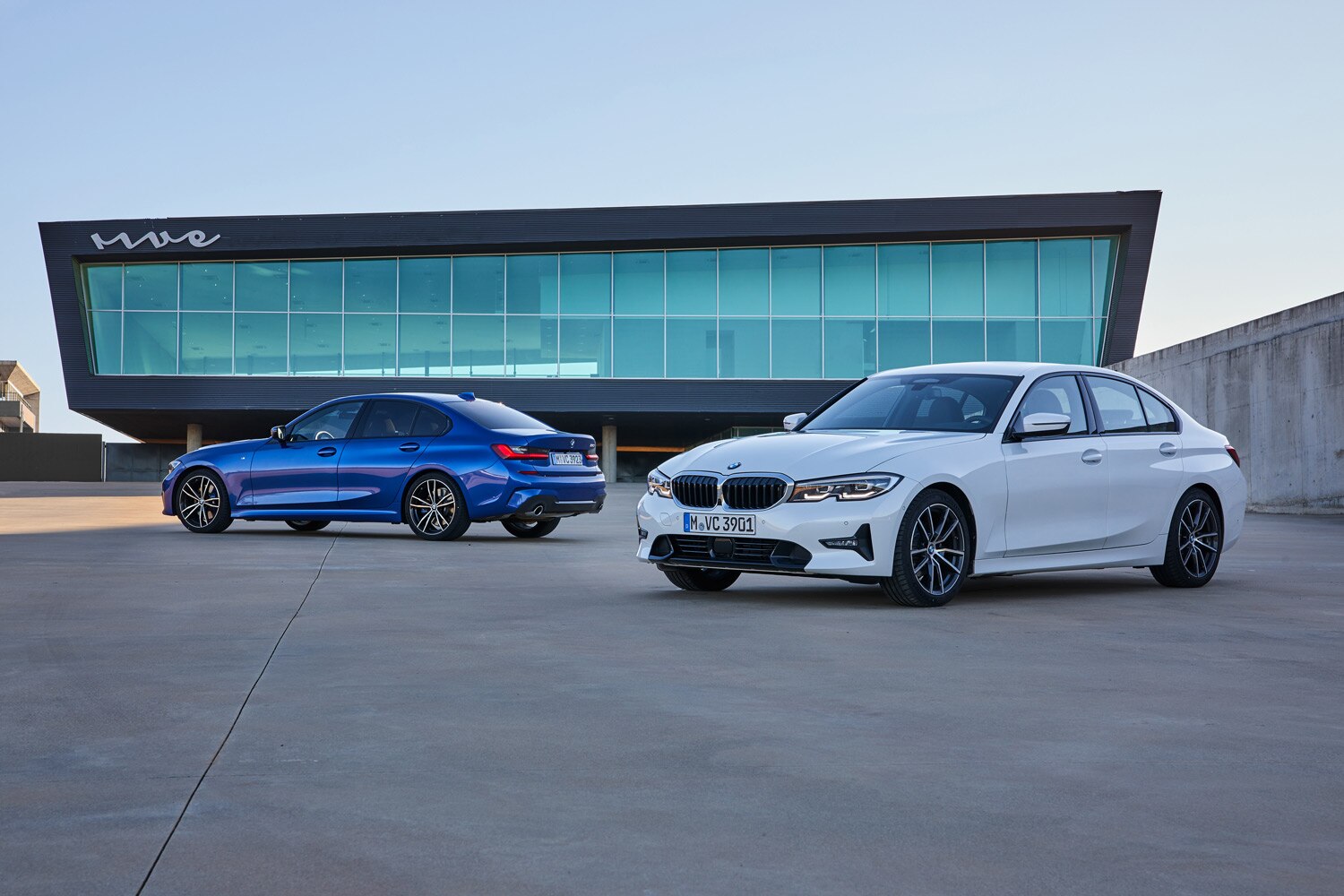Here's Why There Are So Many 2.0- and 3.0-Liter Engines
The secret is the half-liter cylinder.
 BMW
BMW
What do a 2.0-liter four-cylinder and a 3.0-liter inline-six have in common? Do some quick math and you'll find that both have a cylinder volume of 500 cubic centimeters, or 0.5 liters. This sameness is not a coincidence. Let us explain.
Why Half-Liter Cylinders?
An engine's displacement — the volume of air/fuel mixture swallowed by all the cylinders — varies based on the number of cylinders and their dimensions. Automakers have been adjusting these parameters ever since the engine's invention.
It's unknown who decided on a 0.5-liter cylinder. Some say it was German research engineers, others claim it was a team at Ford. Whoever made this "discovery," it's clear they hit on something big, as most automakers have converged on this particular volume and now offer an engine with half-liter cylinders, with the most ubiquitous being the 2.0-liter inline-four.
BMW seems to be a big fan of the formula too, and the 3 Series — pictured at the beginning of this article — can be equipped with a 2.0-liter or 3.0-liter engine. This allows the automaker to share a number of parts and costs.
What Are the Advantages of Engines With Half-Liter Cylinders?
Not all 0.5-liter cylinders are created (or dimensioned) equal, but the volume itself is nothing new. What is novel, and recently popular, is the combination of bore and stroke that many automakers have settled on. These engines are usually undersquare, meaning the stroke (the length the piston travels in the cylinder) is longer than the bore (the cylinder's diameter), which pays dividends in efficiency. A smaller bore also limits the area over which the flame needs to spread to consume all the fuel. Modern computation of fluid dynamics no doubt helped engine designers home in on this cylindrical sweet spot.
So that's efficiency in terms of fuel use, but cylinder similarity also conserves money, that other limited resource. Once an automaker has its perfect cylinder size, it can copy-paste it to make an engine with any cylinder count. This allows for parts commonality, a favorite phrase of efficient engineering teams and shrewd accountants alike. BMW, for instance, uses cylinders of identical size on a modular family of three-, four-, and six-cylinder inline engines.
Then there are the taxes. A handful of countries — among them Japan, Romania, and Belgium — base all or part of a vehicle's annual road tax on the size of its engine. Exceed a certain displacement (such as 2,000 cubic centimeters) and a vehicle will jump to the next tax bracket. As a result, automakers aim to maximize power under a given displacement ceiling to make their powertrains as competitive as possible. Mazda's Skyactiv-G 2.0-liter, for instance, limbos right under the bar with a displacement of 1,998 cubic centimeters.
Is There a Difference Between All These Equal-Sized Engines?
If all these engines have similar dimensions, you may be wondering what makes one different from the next. The big differentiators these days concern how and how much fuel and air get into the engine. Many automakers use turbochargers and superchargers to pack more air into the combustion chamber, and the size of these power-adders varies along with the amount of boost pressure they create. Refined valve-timing systems provide more control over combustion, and direct injection allows for more precise metering of fuel, both of which improve efficiency.
Written by humans.
Edited by humans.
 David Gluckman
David GluckmanDavid Gluckman has over a decade of experience as a writer and editor for print and digital automotive publications. He can parallel park a school bus, has a spreadsheet listing every vehicle he’s ever tested, and once drove a Lincoln Town Car 63 mph in reverse. When David’s not searching for the perfect used car, you can find him sampling the latest gimmicky foodstuffs that America has to offer.
Related articles
View more related articles